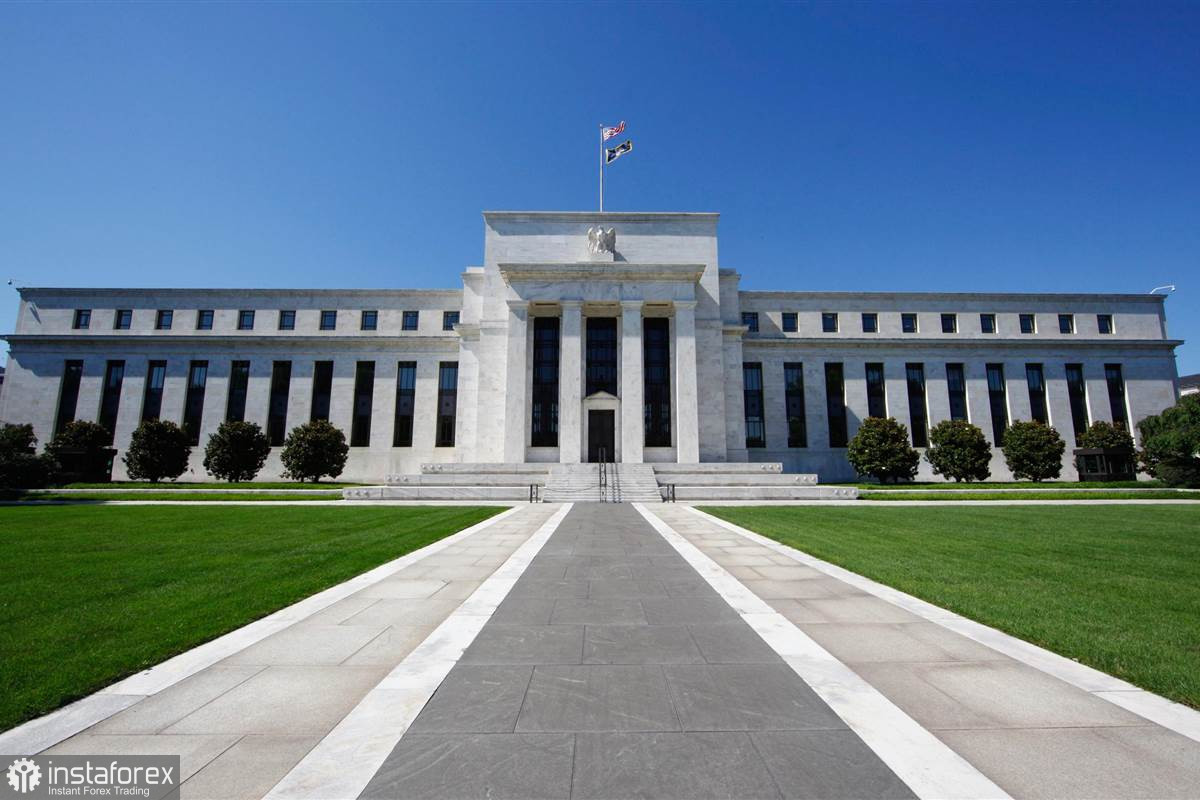
The head of the Federal Reserve Bank of Atlanta, Rafael Bostic, made some interesting statements on Wednesday. In particular, he noted that he expects 3 or 4 rate increases this year. However, in addition, he said in an interview that he expects to see core inflation at 3% by the end of the year. Recall that core inflation is an indicator that does not take into account changes in food and energy prices. At the moment, this indicator is at 5.5%. Bostic also noted that the need for a fourth rate increase is likely to arise at the end of the year. It is very important that the head of the Atlanta Fed outlined the situation regarding the unloading of the Fed's balance sheet. "We would like to start freeing up our balance sheet and quite significantly. We expect that the reduction will begin in the near future," Bostic stressed. Thus, forecasts regarding the start of bond sales from the Fed's balance sheet this summer may be real, although as early as February of this year, the Fed was buying securities worth $ 30 billion. Rafael Bostic also understands that all the rate decisions made this year will have a huge impact on inflation in the long run. He admitted that at the moment the majority of FOMC members are inclined to increase by 0.25% in March, but all options will be considered. Bostic also said that the Fed's plans do not include a slowdown in the US economy. Therefore, it can be concluded that reducing inflation is not the only goal of the Fed and it will not sacrifice economic growth for the sake of price stability.
At the same time, the head of the San Francisco Fed, Mary Daly, said that the situation with inflation in the United States could get even worse before it starts to improve. Daly does not expect the main indicator to fall to 2% by the end of the year. She also noted that the Fed cannot be too aggressive in raising rates, as this will negatively affect economic growth. Thus, we can conclude that the problem of inflation will be solved in the next few years. The Fed is likely to take a cautious position on this issue and will not rush to tighten, since, in addition to reducing inflation, along with rising rates, American GDP will also decline. If this is the case, then inflation in the US may remain above the target level for several more years. And if the Fed raises the key rate more slowly, the impact on the stock market of this factor may weaken. The same as for the US dollar. However, in any case, you need to wait for at least the first increase to be able to draw real conclusions. So far, the FOMC continues to pump money into the economy, so you can't even say that the normalization process has started.
 English
English 
 Русский
Русский Bahasa Indonesia
Bahasa Indonesia Bahasa Malay
Bahasa Malay ไทย
ไทย Español
Español Deutsch
Deutsch Български
Български Français
Français Tiếng Việt
Tiếng Việt 中文
中文 বাংলা
বাংলা हिन्दी
हिन्दी Čeština
Čeština Українська
Українська Română
Română

